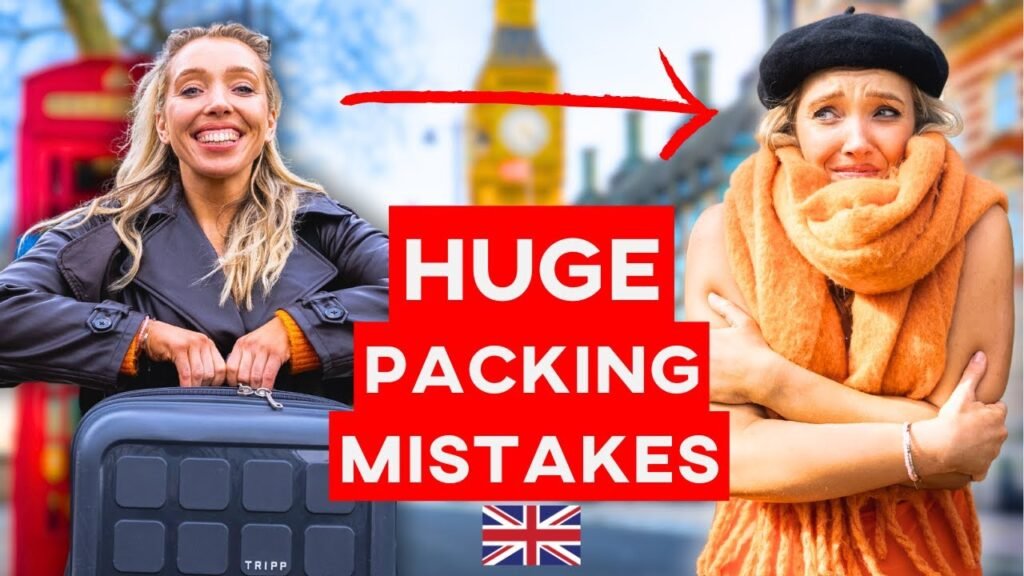Introduction
Hello from London. I’m Sky Garden London, and I’ve lived in the city for over a decade. I’ve explored, eaten, and boogied my way through every corner, and I will let you in on eight of the biggest packing mistakes tourists make when visiting London.
Our London packing guide tells you exactly what you need when visiting London. It includes a digital printout categorizing London by season and weather by month, shoe purchasing recommendations, and a list of all the essentials you need when visiting this fantastic city. It includes all the essential information that is perfect for a first-time visitor to London.
8 HUGE packing mistakes to avoid
1: Not Packing Proper Walking Shoes
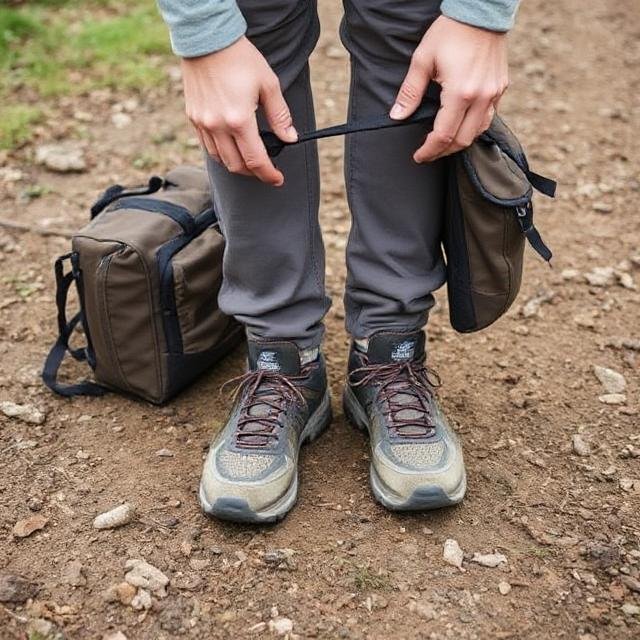
If you come to London, you will have to do a lot of walking. Public transport is excellent, but parking is not, so we tend to walk to stations and around the city. So you’ll need good walking shoes; otherwise, your feet will hurt a lot.
Remember, London is an old city with many cobbled streets, and our sidewalks aren’t that great. So the last thing you want to do is go sightseeing in heels.
We also recommend packing waterproof shoes. We don’t tend to wear rain boots around the city, but the weather in London is very unpredictable, and yes, it does rain a lot. So as long as your shoes are waterproof, you’ll be fine.
This is just the case for sightseeing, though. When we go out in the evenings, we dress up a little bit, so if you’re eating out, it’s valid to pack a pair of heels.
2: Ignoring London’s Unpredictable Weather
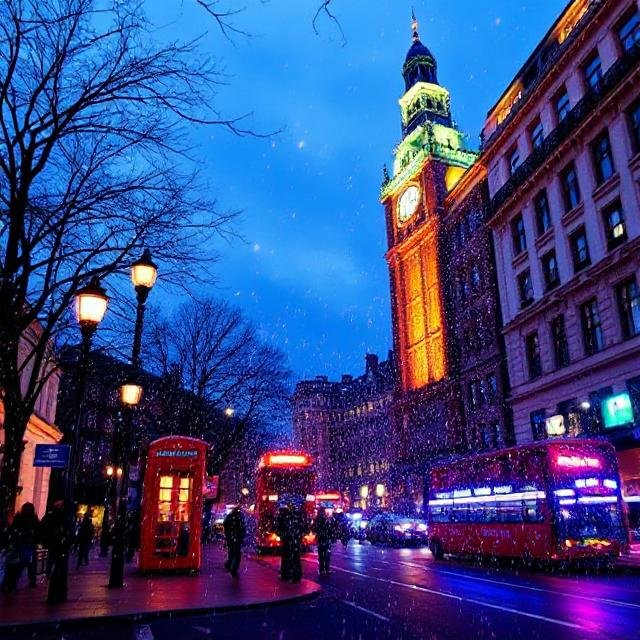
As mentioned, London’s weather can vary greatly, and we have seasons here. So, I recommend going on your weather app and checking a few days before your visit to make sure you’re packed and prepared.
My biggest recommendation is to pack layers. The weather varies a lot even within a day. You could go outside, to the tube, or to a museum—you’d need three different outfits. It can be cold outside and boiling on the tube.
I also see people assuming they could wear a sundress and nothing else if they came in, like, August. But even in the summer in London, I’d recommend packing layers. It’s March, and the weather’s about 15° today, and this is what I’m going for.
3: Overpacking or Underpacking Clothes
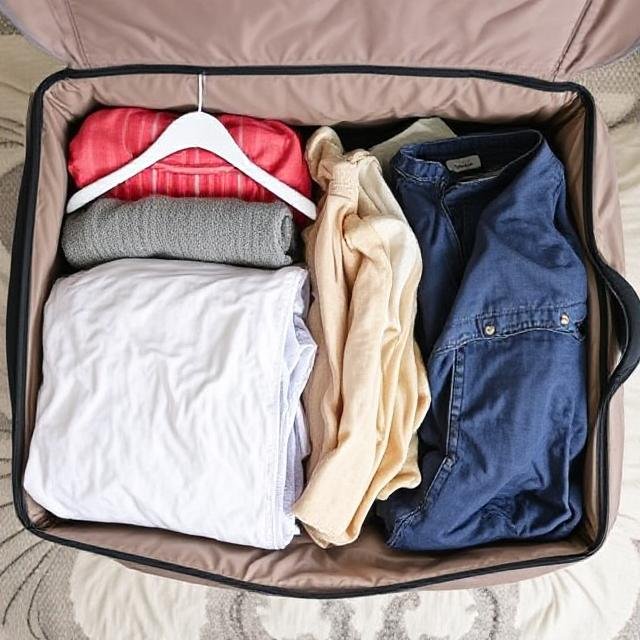
Think about what you’re doing while you’re here. If you’re into a more casual trip, you don’t need anything that’s a bit more fancy-schmancy. But if your itinerary calls for dinners out or going somewhere more bougie, you’ll want to dress up a bit.
Also, FYI, you don’t need swimwear in London.
Bonus tip: Always pack a spare outfit in your carry-on if your luggage gets lost. I promise it will save you a lot of stress.
4: Bringing an Oversized Suitcase

Generally, I’d recommend bringing the smallest size suitcase you can. London is super chaotic, and our transport is small and busy. It’s also not crazy accessible, so anything you can do to make yourself as nimble as possible will help you avoid the stress.
Big suitcases are also more expensive on flights, so packing a smaller suitcase saves you money, especially if you’re here for a shorter trip.
However, you will want to bring a suitcase where you can leave some space for souvenirs. You’ll want to buy some things, and the last thing you need is some last-minute stress when you realize you’ve not got enough room for all your goodies.
5: Not Packing a Day Bag with Essentials
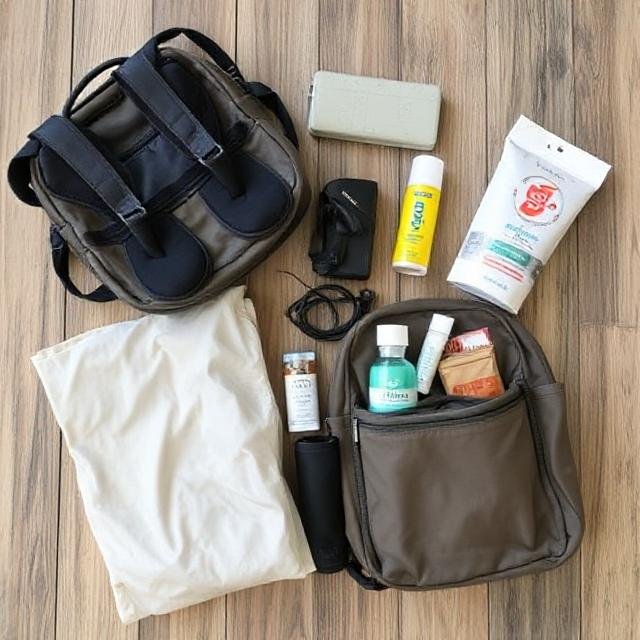
London is a massive city, so make sure you’ve got a big enough bag to pack everything you need for the day. You might want to carry:
- A reusable water bottle (you can fill this up at water filling stations or pubs and cafes)
- A reusable coffee cup (lots of cafes will give you a discount if you use your cup)
- Sun cream
- Layers like extra hats, scarves, jumpers
- A portable phone charger (it can be a nightmare to find somewhere to charge your phone in London)
- Your phone with apps like Citymapper or itinerary maps (of course, link in description)
- Headphones (if you want to be a proper Londoner and plug yourself in and ignore the world)
Quick Interruption
Quick interruption: If you find this helpful article, you will want to check out our free London 101 guide. It is super easy to use and gives you everything you need to know if you’re a first-time visitor to London. We break down how to get to your hotel from the airport, figuring out London transport, how to get and spend London currency, and even how to tip in the city. This guide is super user-friendly for first-time visitors to London and will remove all of the stress. Oh, and it’s completely free. Click the link in the bio to get the information on how to access. Okay, back to the article.
6: Assuming Hotels Provide Everything
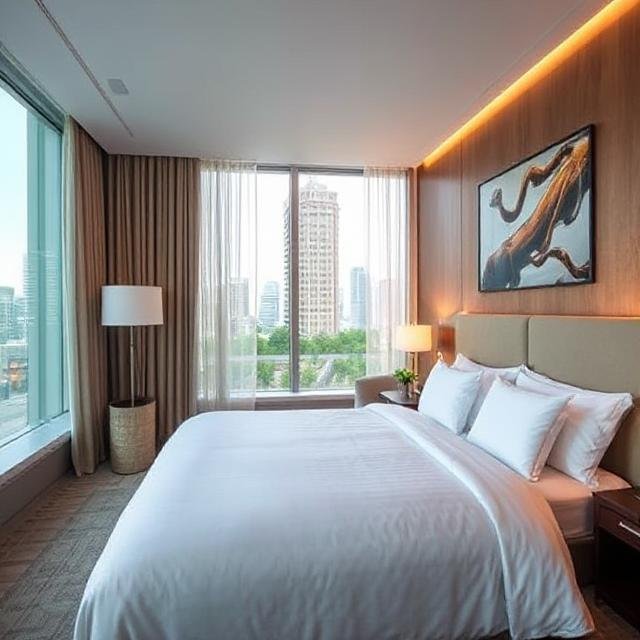
Generally, a hotel will provide these for you, but I’d recommend phoning ahead so you’re not short. If you’re staying in an apartment or with your friends, you might have to pack these with you; however, they will provide hair dryers and towels.
However, if you like using washcloths, you might want to bring those along. It’s not a standard practice for British hotels to provide these, but again, give your hotel a ring so you’re not caught short.
7: Not Having Backup Copies of Important Documents

I know we all like to think we’re super organized, and don’t forget anything, but I’d recommend having printouts of things like your passport and your credit and debit cards, just in case things happen. Stuff gets lost, and there are pickpockets—it’s better to be safe than sorry.
If you like having physical copies of things, you should keep them separate from everything else or have a virtual backup on your phone or email.
You’ll also want the address of where you’re staying handy for peace of mind.
8: Forgetting UK Plug Adapters & Voltage Differences
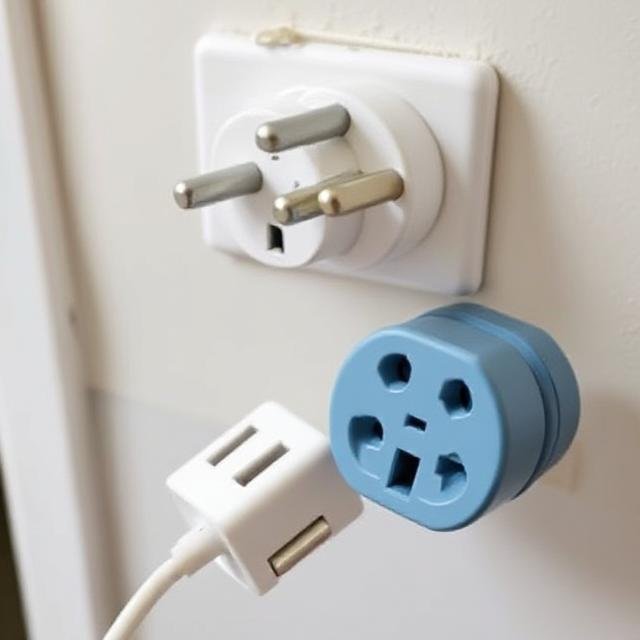
If you’re traveling to London from abroad, you will need a few plug adapters so you can use your tech in the UK. British plugs look like this, so you’ll need a plug adapter that looks like this.
In the UK, power operates around 240 volts, not 120 like in the US, so you’ll need to check if your appliances are dual-voltage or come to the UK. Otherwise, it can be dangerous.
“What does dual voltage mean?” This means your appliance can operate at both 120 and 240 volts without a problem, as this one does. Most laptops and phones nowadays are dual voltage, but it’s best to check before you leave, just in case.
You can get a converter to convert single voltage to dual voltage, but we wouldn’t recommend these.
Heads up: We use different plugs in the UK than the rest of Europe, so if you’re planning a more extended trip, you might want to bring different plug adapters. Otherwise, you’re going to be stumped. You’ve been warned.
Bonus Warning: Strict UK Customs & Security Rules
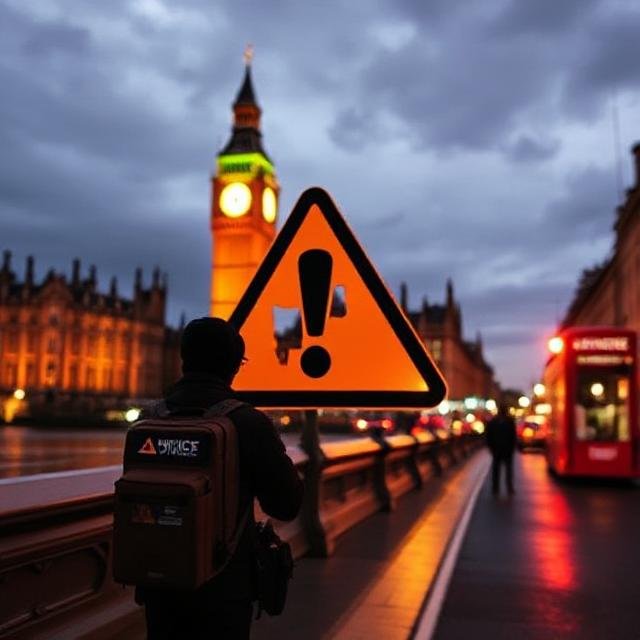
British customs are super strict, so if you try to bring things through customs and security, they will pick you up. These are things like flip knives, meat, dairy, some plants that won’t make it through, and rough diamonds if you have those lying around.
You’ll also want to check your medication because it might be a controlled substance in the UK. You’ll need to carry it on your person and get a letter from your prescribing clinician; otherwise, it’s taken off you.
British security is also stringent. This means you should check that your luggage meets travel requirements before getting through security. Don’t bring any liquids over 100ml—they’ll take them off you.
A quick note: The 100ml limit doesn’t apply to baby formula, products for medical purposes, or special dietary requirements, although you should be prepared to bring proof. If you want to get through with baby formula, you need to have your baby with you.
If you try to take them in your carry-on, sharp objects like nail files over 6cm long will also be confiscated. But don’t panic—we’re a significant city. Anything you can’t bring through, you can buy in London. And you’re ready to go.
Closing Remarks
Do you have any tips for people packing for the London trip? Please leave them in the comments. We have hundreds of articles if you want more hints and tips. Click one of the boxes around me.
Related to this Article: Top 23 Things to Do in London 2025
